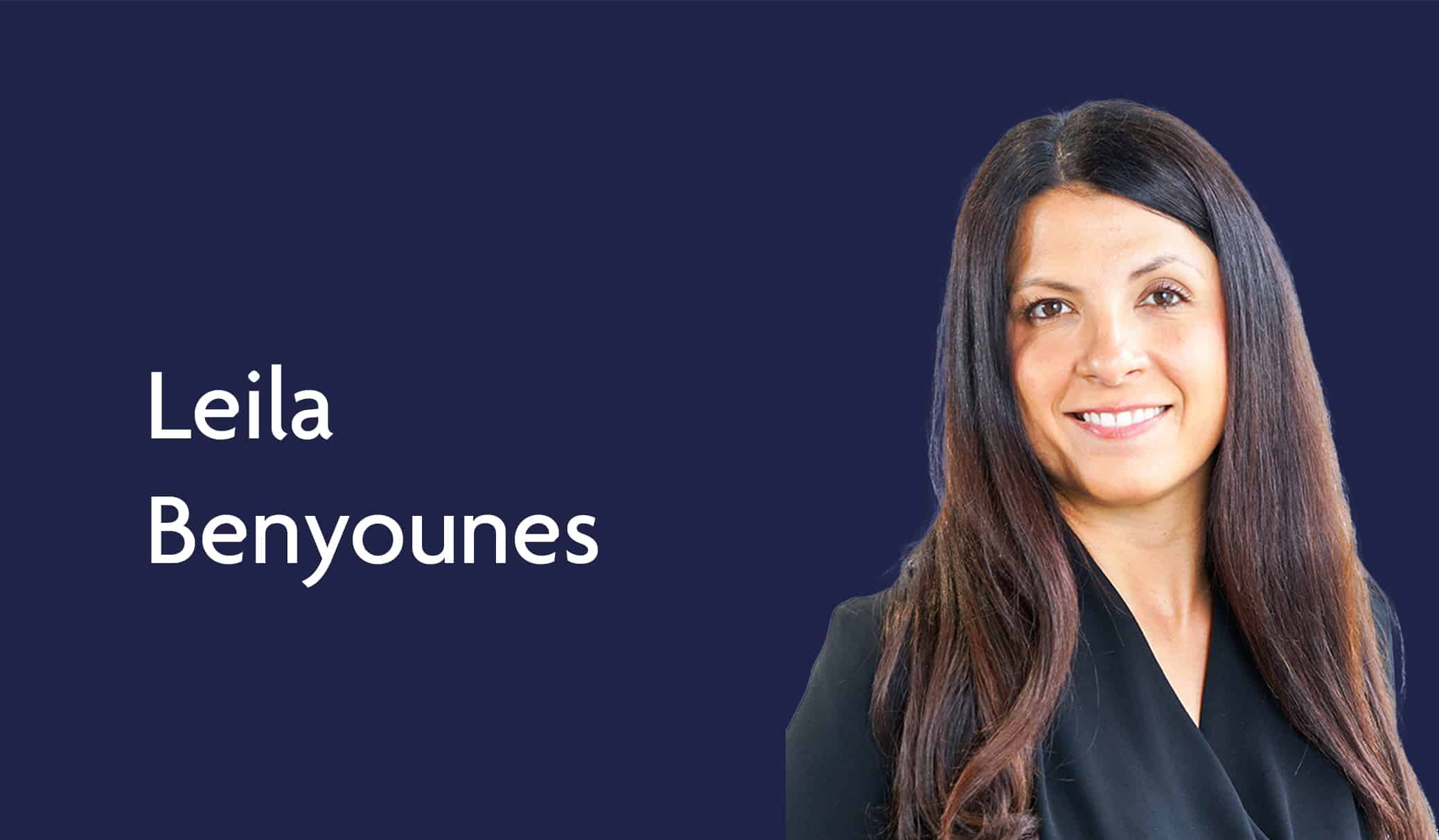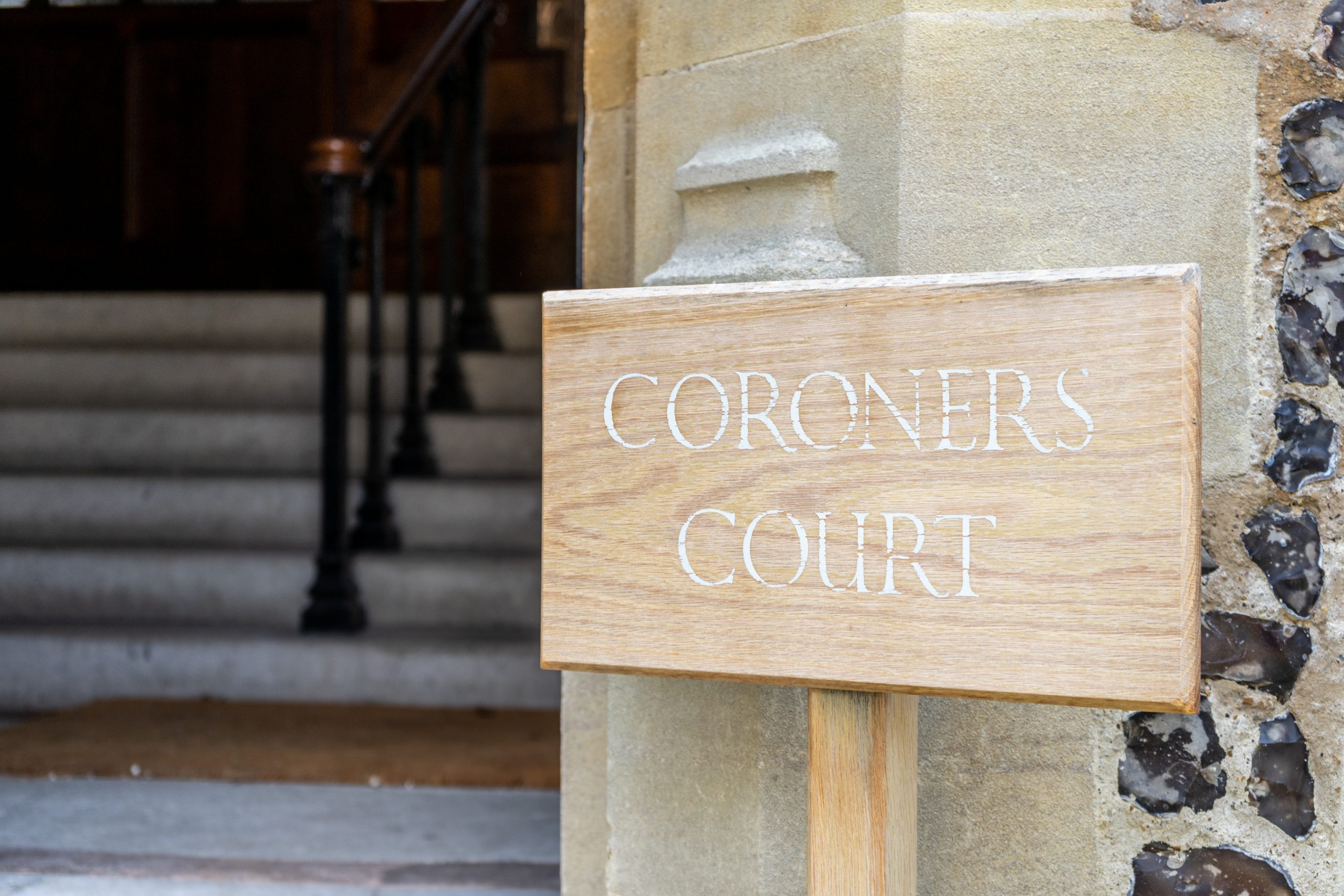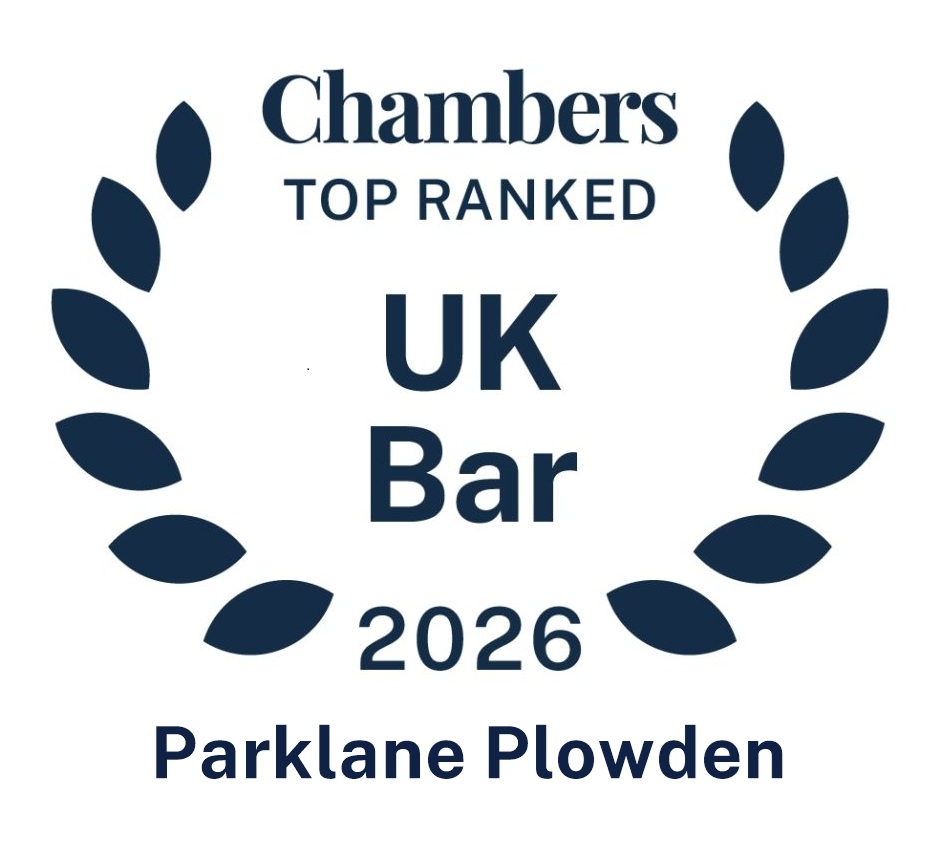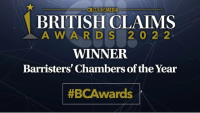Morrow v HM Assistant Coroner for Merseyside (Sefton, Knowsley & St Helens) [2025] EWHC 935 (Admin)
![Morrow v HM Assistant Coroner for Merseyside (Sefton, Knowsley & St Helens) [2025] EWHC 935 (Admin)](https://www.parklaneplowden.co.uk/app/uploads/2023/08/Adam-Chadwick-Banner.png)
Summary
The High Court rejected an application made by the brother of the deceased pursuant to Section 13 of the Coroners Act 1988 to hold a fresh inquest and, in so doing, provided insight into the differences between the expectations of family members of the deceased and the purpose of the inquest process; particularly where there is the potential for overlap in determining issues of civil or criminal liability.
The Claimant’s application for a fresh inquest was predicated on concerns (that were mirrored by his wider family) that his sister’s mental health had not been appropriately managed by the relevant NHS Trust during her life, and that those failures had contributed to her death in April 2021 but were overlooked by the initial inquest and/or that there were failures in the inquest process which necessitated a fresh inquest being heard.
In identifying that, the Coroner’s conclusion that Zoe Morrow’s death was drug-related was a rational one. There was no evidence to suggest that it was necessary or desirable in the interests of justice to order a fresh inquest.
Background
An inquest into the death of Ms Morrow, the scope of which was determining the immediate cause of her death – rather than in relation to the concerns raised by her family regarding her treatment in the months prior – was held in March 2022 and recorded her cause of death as having been ‘1A Mixed Drug Toxicity’ – a finding supported by post-mortem and toxicological analysis showing that multiple drugs (with overlapping adverse effects) were in her blood at the time of death.
That the scope had been set in a narrow way appears to have been the subject of (at least some) challenge at the initial inquest, with particular reference having been made to the Coroner’s decision not to call live evidence from two treating Doctors and instead choosing to read their evidence into the record pursuant to Rule 23 of the Coroner’s Inquest Rules 2013.
The Claimant sought a fresh inquest pursuant to Section 13 (1) and (2) of the Coroners Act 1988 on multiple grounds, viz:
- That failures in treatment were overlooked and that the coroner did not appropriately consider a conclusion of suicide;
- That the family were prevented from speaking or giving evidence;
- That relevant evidence was overlooked;
- That there had been collusion between the Coroner and the Trust;
- The reading of statements from treating Doctors (as opposed to calling them to give live evidence, as referred to above);
- The addition of late evidence;
- A lack of guidance on inquest procedure.
The High Court has the power to order a fresh inquest pursuant to Section 13 (1) (b) where it is necessary or desirable in the interests of justice to do so and it is envisaged that scenarios in which that necessity could arise include (but are not limited to) insufficiency of inquiry, rejection of evidence and procedural irregularity. The framing of the Claimant’s application was potentially consistent with each such scenario but, in dismissing the application, Lady Justice Whipple observed ‘there appears to have been a mismatch between the family’s expectations of what they could achieve at this inquest and the reality of the Coroner’s investigation’.
The application
It is clear that the Court was able to deal with some of the issues raised above more swiftly than others, in particular finding that there was no evidence of collusion between the Trust and the Coroner (the finding that he had made was his own and one which he had been entitled to make) and did so having appropriately considered the toxicological evidence, with some evidence that the family had wished be considered falling outside the scope of the inquiry, a point returned to below.
In part, some of the remaining basis of the Claimant’s application appears to stem from correspondence which was intended for him, which explained which live evidence would be called and which statements would be read was not received (and could in fact now not be located) – an administrative oversight which perhaps lead to a situation where there was understandable upset from the family when it became apparent that they were not being called to give evidence. Whilst such administrative failures are always regrettable, the Court was however clear in its conclusions that the family had been allowed to speak appropriately at the inquest, including questioning the witnesses that gave live evidence and that (missing correspondence notwithstanding) appropriate efforts had been made to ensure that they understood the inquest process.
As previously indicated, it is clear that the central underlying theme of the Claimant’s application was the belief that the original inquest was unsatisfactorily narrow and that this narrow definition impacted on the cogency of the conclusion, including an alleged failure to appropriately consider a conclusion of suicide. Had they been able to do so, the family would have adduced evidence which they believed showed that Ms Morrow had intended to end her life in the months and weeks prior to her death.
The conclusion reached by the Coroner – that Ms Morrow’s death was drug related – was a factually correct one and was reached in a situation where the status of the evidence before him was not sufficient to reach a conclusion of suicide on the balance of probabilities.
It is perhaps easy to see why a bereaved family might feel (as indeed appears to have been the case with the wider Morrow family) that concentrating solely on the events immediately prior to death without consideration of context provides an unnuanced answer to the question of how the deceased died. This viewpoint might be particularly strongly held so in scenarios such as this, where the witness called to give evidence on behalf of the Trust was attending to give evidence about the Trust’s review, with the intention of identifying shortfalls in Ms Morrow’s care – although taking a step back, it appears that this evidence was more likely of use in determining whether a Prevention of Future Deaths report was indicated.
However understandable the mismatch in expectations might be, the Coroner in the initial inquest was entitled to exercise his discretion to limit the scope in the manner that he did and, taking another step back, one can see that if the scope of the inquest was set too widely, it is possible that the inquest would have strayed into an investigation into a potential civil liability, expressly contrary to Section 10 (2) of the Coroners and Justice Act 2009.
Clearly, the Court arrived at the conclusion that the original Coroner had exercised his discretion appropriately in both his determination of scope (and it is a notable observation that, regarding the limitation to the scope of the inquest, Lady Justice Whipple was of the view that ‘most coroners would…have made a similar decision in the circumstances’) and in determining from whom live evidence was to be heard.
There was, therefore, no substantial defect in the first inquest and the inquiry which did take place was sufficient as a matter of law.
Adam Chadwick is part of the Inquests Team at Parklane Plowden. Adam’s profile can be accessed here.













